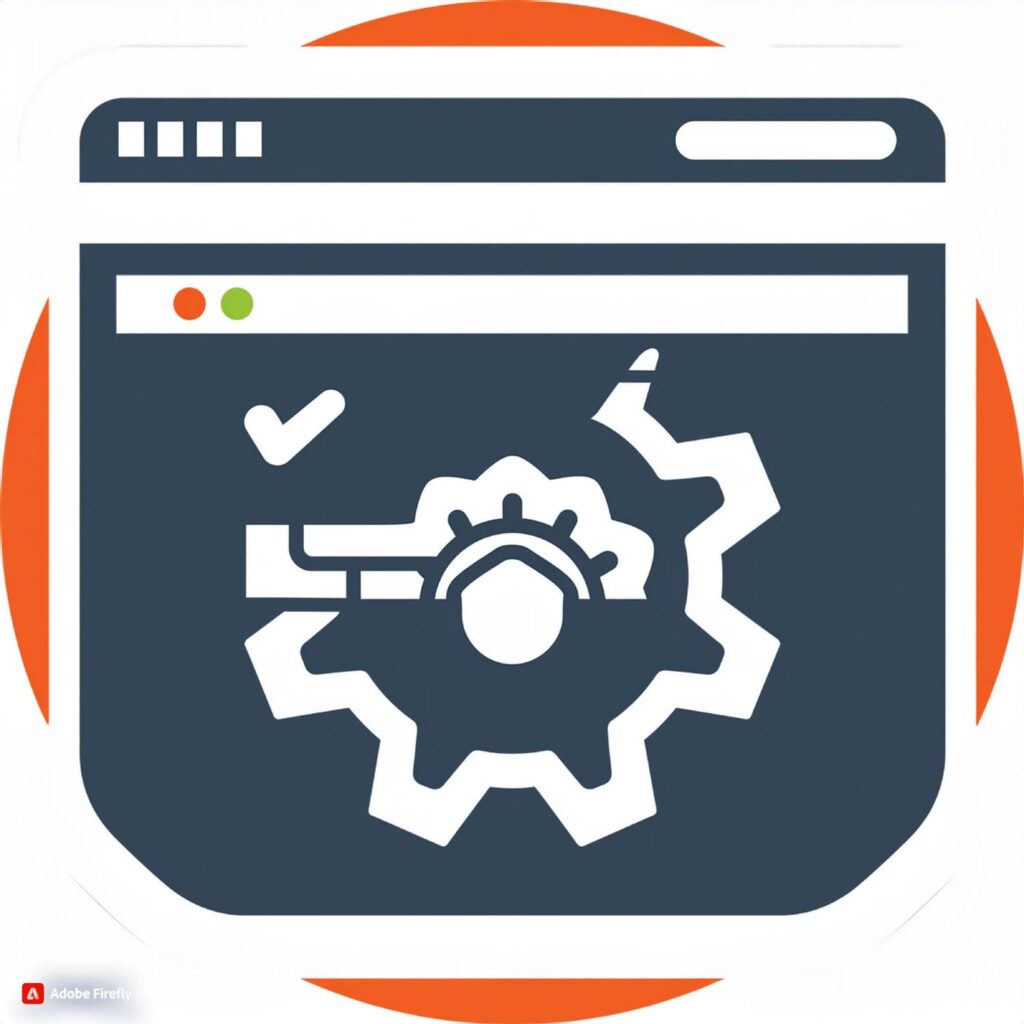Artificial intelligence (AI) is bringing about a huge change in the world at a pace that's difficult to manage, and the field of web development is no exception. In recent years, we've seen AI being incorporated into the front end of web applications, with the aim of improving user experience (UX) and developer productivity.
Below we'll explore the different ways AI is being used on the front end, along with its benefits and challenges.
What is AI in the front end?
By "front-end AI," we mean the use of artificial intelligence techniques to improve the user interface of a web application. These techniques can be used for a variety of purposes, such as:
Automate tasksAI can be used to automate tedious or repetitive tasks, such as data validation or content generation. This can free up developers to focus on more creative or strategic tasks.
Coding assistanceAI-powered tools can act as intelligent assistants, providing code suggestions, completing code snippets, and correcting syntax errors. This helps improve productivity and code quality, reducing errors, and increasing overall development and developer efficiency.
Personalize the user experienceAI can be used to personalize the user experience based on individual preferences or needs.
Making apps smarterAI can be used to add intelligence to web applications, allowing them to learn and adapt to users' needs. For example, a chatbot could use AI to better understand user queries and provide more helpful answers.
Improving accessibilityAI can be used to improve the accessibility of web applications for people with disabilities. For example, speech recognition technology can be used to transcribe audio content into text, while image recognition technology can be used to describe images for visually impaired users.

AI Tools for Front-End Development
The use of AI in front-end development is gaining ground, and several tools are facilitating this integration. Let's name some of the main AI tools used in front-end development:
GitHub Copilot:
It's an AI-powered coding assistant developed by GitHub and OpenAI. It uses machine learning models to suggest complete lines of code and features based on the context of the code the developer is working on.
Figma with AI:
Collaborative design tool that has incorporated AI features to improve the interface design experience. Using AI, Figma can suggest designs, provide content auto-completion, and automatically generate design variations.
TensorFlow.js:
It's a JavaScript library for training and deploying machine learning models directly in the browser and in Node.js. It allows developers to build intelligent web applications that can learn and adapt in real time.
Adobe Sensei:
It's Adobe's artificial intelligence and machine learning platform, integrated into several Adobe Creative Cloud tools. In the context of web development, Sensei can assist with visual content generation, image optimization, and user data analysis.
Framer X:
It's a design and prototyping tool that incorporates AI capabilities to automate design tasks and provide advanced interactions. It also enables designers and developers to collaborate more effectively.
Adobe XD:
User experience design tool that uses AI to provide design suggestions, automate repetitive tasks, and improve team collaboration.

All of these tools, among many others, not only streamline front-end development but also improve the quality of the final product and the user experience. Integrating AI into the front-end development workflow allows developers and designers to focus on more strategic and creative tasks, increasing their productivity and efficiency.




































